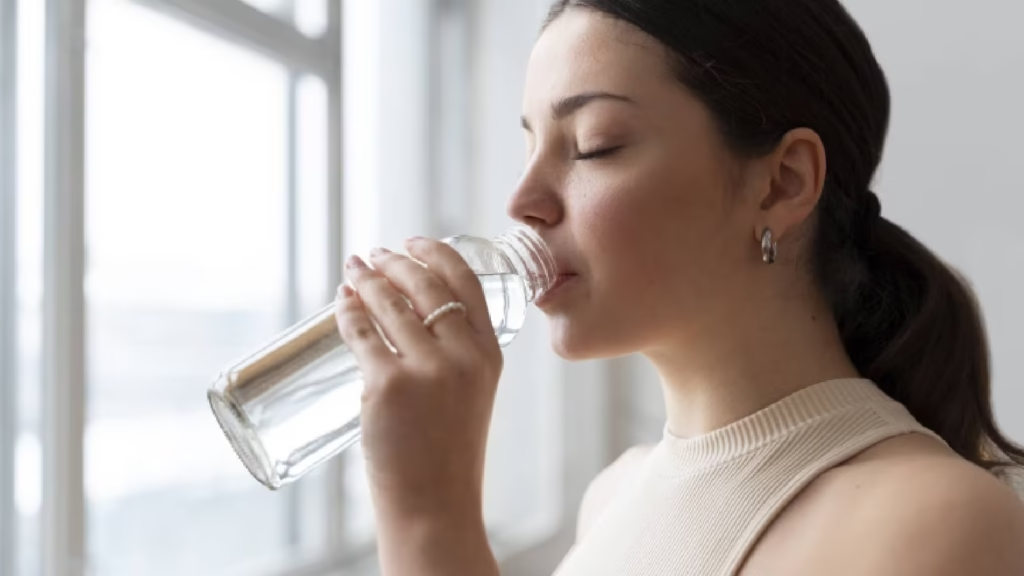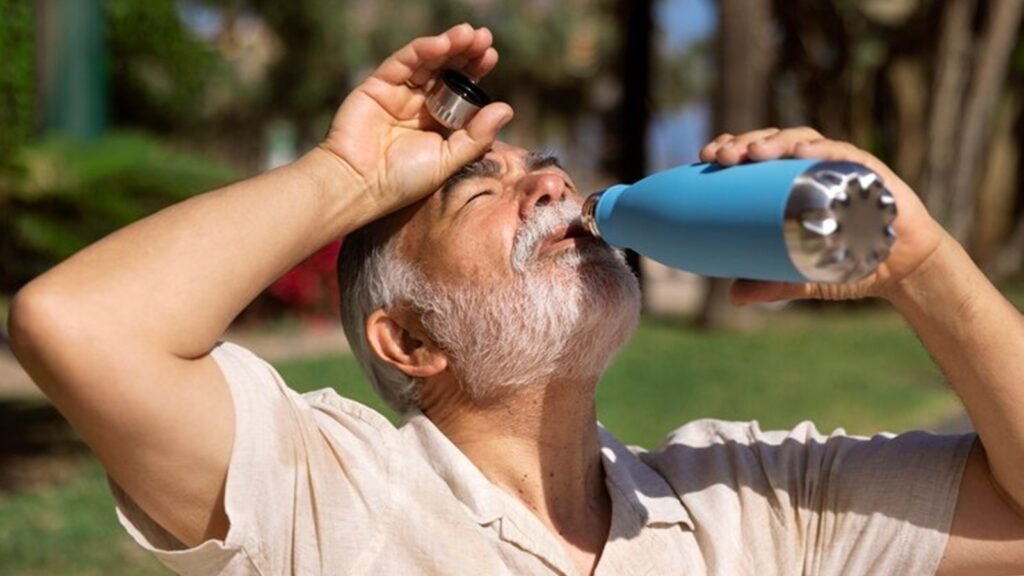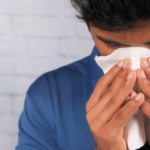Understanding Heat-Related Illness
Heatstroke symptoms are critical warning signs of a severe heat-related illness that can threaten life if not treated promptly. Extreme heat can overwhelm the body’s ability to regulate its temperature, causing organ damage, brain injury, or even death. Recognizing these symptoms early and taking immediate action is essential to protect health, especially for children, the elderly, and those with underlying medical conditions.
Heat-related illness progresses in stages: heat rash, heat cramps, heat exhaustion, and heatstroke. Each stage has distinct symptoms, and timely intervention can prevent progression to a life-threatening condition.
Heat Rash: Early Warning Signs
Heat rash, also known as miliaria, occurs when excessive sweating blocks sweat glands. Symptoms often appear as small red bumps, pimples, or blisters, typically on areas like the chest, neck, groin, under breasts, or elbow creases.
- Miliaria crystallina: Tiny, clear, fluid-filled bumps that break easily.
- Prickly heat: Deeper rash causing inflamed, itchy bumps, sometimes filled with pus.
- Miliaria profunda: Rare, firm, itchy pimples resembling goosebumps.
Treatment: Keep the skin dry, avoid creams that may block pores, wear loose cotton clothing, and stay in a cool, ventilated environment. Fans can aid cooling.

Heat Cramps: Muscle Pain and Spasms
As heat exposure continues, painful muscle cramps can develop in the arms, legs, or abdomen. These cramps signal that the body is losing electrolytes through excessive sweating.
Treatment: Rest in a cool area and hydrate with water or electrolyte drinks every 10–15 minutes. Light snacks may help, but avoid salt tablets unless recommended by a medical professional. Seek medical care if cramps persist for more than an hour or if the person has heart problems or dietary restrictions. https://my.clevelandclinic.org/health/diseases/21844-dehydration
Heat Exhaustion: A Warning Stage
Heat exhaustion occurs when the body struggles to maintain a safe temperature. Symptoms may include dizziness, fainting, headache, nausea, fatigue, heavy sweating, irritability, increased thirst, higher body temperature, and decreased urination.
Treatment: Move to a shaded or air-conditioned space, remove excess clothing, sip cool water or electrolyte drinks, and use cold compresses or fans to lower body temperature. Monitor the person closely until symptoms subside and seek medical help if they worsen.
Heatstroke: Medical Emergency
Heatstroke is the most severe form of heat illness and requires immediate medical attention. The body’s temperature can rise above 106°F (41°C) within minutes, potentially causing permanent organ damage or death.
Heatstroke symptoms include:
- Confusion, disorientation, or slurred speech
- Seizures or loss of consciousness
- Hot, dry skin or profuse sweating
- Extremely high body temperature
Populations at Higher Risk
Certain groups are more vulnerable to heat-related illness:
- Children: May not communicate thirst effectively.
- Elderly: Reduced ability to sense dehydration.
- Obese individuals: Excess weight increases heat retention.
- Those with heart disease, mental illness, poor circulation, or dehydration from medications or alcohol.
Recognizing risk factors allows caregivers to take preventive steps and respond quickly to early warning signs.

Preventing Heatstroke: 10 Essential Tips
- Stay hydrated: Drink water frequently, even if you are not thirsty.
- Know dehydration signs: Dry mouth, fatigue, headache, dark urine, and constipation are early indicators.
- Wear sunscreen: Sunburn hinders the body’s natural cooling process.
- Monitor humidity: High humidity increases sweating and fluid loss.
- Dress appropriately: Loose, lightweight, and light-colored clothing promotes air circulation.
- Avoid alcohol: Alcohol increases dehydration risk.
- Use fans: Keep air moving indoors and outdoors to aid cooling.
- Take breaks: Rest often during outdoor activity to allow acclimation.
- Eat hydrating foods: Fruits and vegetables with high water content—like cucumbers, watermelon, tomatoes, and spinach—help maintain hydration.
- Limit dehydrating foods: Reduce excess protein, sugar, and salty snacks that contribute to fluid loss.
Long-Term Strategies to Stay Safe
- Acclimatization: Gradually increase exposure to hot environments to improve tolerance.
- Hydration planning: Keep a water bottle handy at all times.
- Workplace adjustments: Modify schedules and allow shaded breaks for outdoor workers.
- Monitor local heat advisories: Follow weather updates and heat warnings.
Heatstroke Symptoms and Prevention: How to Stay Safe in Extreme Heat
Heatstroke is one of the most serious forms of heat-related illness and can quickly become life-threatening if not recognized and treated promptly. Understanding heatstroke symptoms, the stages of heat-related illness, high-risk populations, environmental factors, and effective prevention strategies is crucial to keeping yourself and loved ones safe during hot weather.
The Science Behind Heat-Related Illness
The human body maintains a delicate internal temperature, typically around 98.6°F (37°C). When external heat and internal heat production exceed the body’s cooling mechanisms—primarily sweating and circulation—the body struggles to maintain safe temperatures.
Prolonged exposure to high temperatures or intense physical activity in hot, humid conditions can overwhelm the body’s natural cooling system. This may cause a progression from mild heat rash and heat cramps to heat exhaustion and ultimately heatstroke, a medical emergency.
Excessive heat can damage vital organs, impair brain function, and, if untreated, result in death. Early recognition of warning signs is critical.

When to Seek Immediate Medical Help
If anyone exhibits severe heat illness symptoms—confusion, fainting, seizures, high fever—contact emergency services without delay. Prompt intervention can save lives and prevent permanent organ damage.
Final Thoughts
Heat-related illness is preventable when individuals understand the signs and take proactive measures. Recognizing heatstroke symptoms early, maintaining hydration, wearing appropriate clothing, and avoiding extreme exposure are essential strategies. By combining awareness with practical prevention, individuals and communities can reduce heat-related health risks effectively.
Conclusion: Staying Safe in Extreme Heat
Heat-related illness is preventable with knowledge, vigilance, and preparation. Recognizing heatstroke symptoms, staying hydrated, wearing protective clothing, and reducing heat exposure are essential steps. Families, caregivers, and communities can minimize risks through education, planning, and supportive infrastructure.




